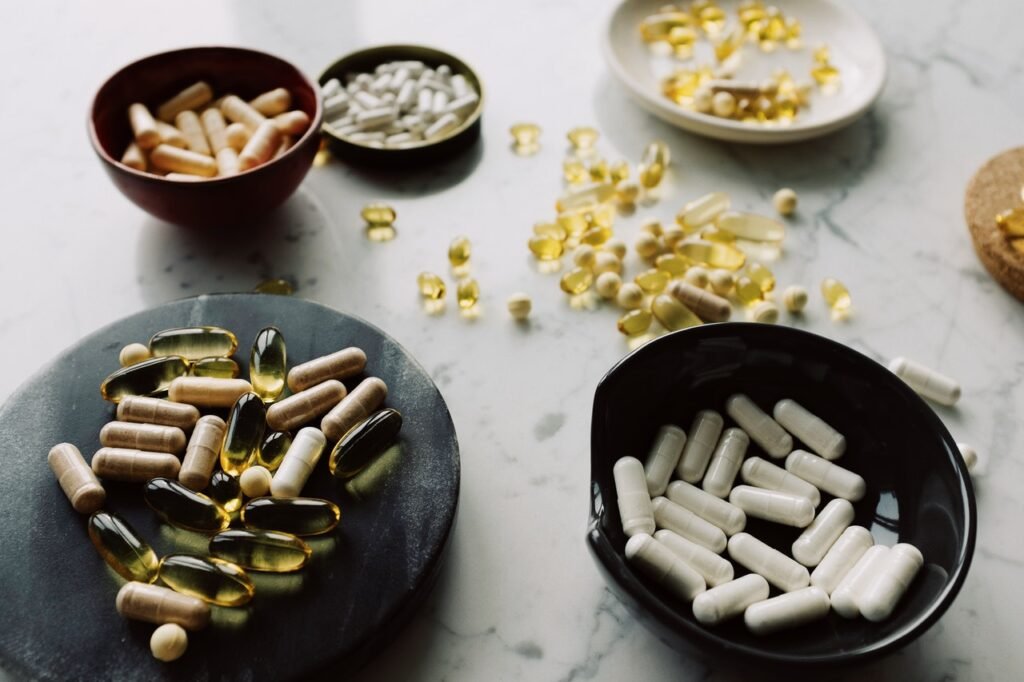I just finished reading Good to Go by Christie Aschwanden, and it was was excellent.
Good to Go: What the Athlete in All of Us Can Learn from the Strange Science of Recovery is an exploration – and critique – of the booming market for recovery products. She starts by setting the stage with an insight into the perils of exercise science, and then she methodically evaluates various recovery modalities – compression, heat, cold, nutrition, and more.
I read this right after finishing The Science of Running by Steve Magness, and the two books paired perfectly together. Steve’s book highlighted what we do know about the science of running and exercise and it pointed out the many things we don’t. Christie’s book echoed many of Steve’s critiques of exercise science and then went hard at the many unproven recovery products on the market today.
For more on my thoughts about The Science of Running, read this blog post. But keep reading below for a few lessons I took away from Christie Aschwanden’s book, Good to Go.
Methods Matter – Beware the Flawed Exercise Science Study
In the first chapter, “Just-so Science,” Christie Aschwanden lays the foundation for the book by criticizing a running research study that she herself had helped conduct.
The study took a small group of runners and tested the proposition that a post-run beer would impact your recovery. The “results” suggested that women benefited from a post-run beer, and men did not.
While this makes for a great click-bait headline, it’s not necessarily sound science. Upon reflection, she identified two problems.
First, it was a very small sample size. With a small sample, it’s much more likely that a random occurrence comes across like an actual result. Before believing such a result, you’d want to either a) replicate it in many other small studies or b) test it in a large study.
Second, the main test they used was a run to exhaustion. It’s a protocol where a runner is put on a treadmill and asked to run at a moderately hard pace until they can’t run anymore. They measure how long a runner lasts to see whether a treatment worked – in this case the beer.
But this is an unnatural test. More than anything, it tests your mental toughness and psychological desire to keep going – not your physical ability to do so. It’s an easy test to administer, but that doesn’t mean it really measures what you want to measure.
This is similar to a critique that Steve Magness made of many exercise science studies. He points out that they often measure VO2 max. It’s easy to measure and there’s an unstated assumption that it means an increase in performance. But in reality, there’s little correlation between VO2 max and performance in highly trained runners.
The lesson here is simple. When you read about a research study with an amazing result, take it with a grain of salt. Pay attention to the methods they used to reach that result and think about whether or not they’re sound.
Is it a large sample size? And does it use an appropriate test?
That’s not to say that small research studies aren’t useful. They can help identify things to look into. But all too often, one positive result is reported in the media or on the Internet as a new law of science. It isn’t.

Sleep Is the Best Form of Recovery
Throughout Good to Go, Christie tests out many different recovery modalities. We’ll get to those in a minute.
But the clear winner, and the most effective tool for recovery, is simple: sleep.
Your body handles most of its recovery naturally during sleep, and if you sleep well, you’ll recover well. If you don’t sleep well… well, you won’t recover well.
I’ve noticed this recently. As I run more, my body craves more sleep. And I’m lucky enough to be in a situation, working from home with a flexible schedule, where I can give it that sleep when it needs it.
Most mornings, I’m up by 7 or 8. But sometimes, after a hard workout, I just can’t get up. I sleep until 9, and when I’m finally able to get up, I feel super refreshed.
In the past, I wasn’t so lucky. And I’m sure many of you reading this aren’t, either. I used to teach at a high school, and I had to be there by 7:30. That’s relatively late by high school standards, but with a 45 minute that meant I was out of bed by around 6 every morning.
I rarely got a full seven hours of sleep. Unless it was a weekend, I almost never got eight or nine.
I wonder if this played a part in my getting injured after my last half marathon. Because at the time, I definitely wasn’t sleeping all that much.
Reading this section, it also occurred to me that this could be another argument for why schools should start later. There’s a nascent movement to shift high school start times back to 8:30 or 9. There’s plenty of science to support this, because adolescents just aren’t built to wake up at the crack of dawn.
But a common response is that it will mess with sports. School will end later, pushing athletic practices and games later in the evening.
But what if the late start time was actually good for high school athletes? When they are in season, they could actually sleep well and recover – instead of walking around in a sleep deprived daze half the time.
But I digress. The lesson here is simple. Value your sleep. Whether you go to bed earlier, sleep later, or carve out time for a nap, make sure that you put in some quality hours of sleep. It’s the single best way to make sure your body recovers from a tough workout.

Most Recovery Modalities Have No Real Benefit
After testing many different recovery modalities, it’s clear that most products on the market don’t actually do anything for you.
Ice baths can help you recover in the short term – think in between heats at a meet – but does nothing to advance long term recovery.
Massage will help you feel better in the short term, but it won’t reduce soreness or make you feel better later.
Sports drinks and recovery foods are great and all, but you can get the same nutrition from regular food pretty easily.
On and on throughout the book, Christie tests a product, looks at the science behind it, and finds it has little if any value. Sometimes they feel good – or they hurt good – but they don’t really do anything.
I’ve always been a bit of a skeptic, and this reinforces my natural skepticism. The Internet is awash with products and services that are supposed to help you recover and become a better runner.
But at the end of the day, few of them will do anything productive. The formula for success is simple – train hard enough, rest long enough, and eat well enough. Do that consistently, and you’ll get better.
Buying snake oil won’t help. It’ll just cost you a lot of money.
But Placebo Effects Are Real
The corollary to this lesson, though, is that placebo effects are real.
A placebo effect is when something works because you think it works. It comes from experimental studies where participants are given a placebo – a non-treatment – but think they receive the real deal. Sometimes, they still see a positive effect.
One interpretation of this result is that the treatment itself is useless. It’s the mind and the body healing itself, not the recovery modality.
But another interpretation is that the recovery modality itself is unlocking this placebo effect.
Massage itself may not directly aide in your recovery. But massage can feel good, and it can make you think you’re doing something to promote your recovery, and as a result your body recovers better.
So if something feels good or feels like it’s “working,” you shouldn’t necessarily give it up. But you also shouldn’t waste a ton of money or spend a ton of time chasing miracle cures.
I’ll admit I give in to this a bit myself.
I’ve always been doubtful that stretching had any positive effects, other than promoting flexibility. I don’t stretch before or after my runs, but I often do a quick 5 minute stretching routine before bed.
Does it help me recover long term and feel better? Probably not. But it helps me wind down from the day, and it helps me get ready to sleep. So in that sense, it’s useful.
What Did You Think of Good to Go by Christie Aschwanden?
What did you think of Good to Go by Christie Aschwanden? Leave a comment below and share your thoughts.
I thought it was an excellent book and it was an easy read.
Unlike Science of Running, it wasn’t bogged down in scientific details. There was just enough science mixed in with great story telling to keep the book grounded.
I think the message here is important – save your money, but do what makes you feel good – and runners of all experience levels need to hear it. Newer runners that are becoming more serious about the sport shouldn’t be afraid that they’ll have to invest a ton of time and energy into recovery. That could be a turn off to them.
Personally, my time is valuable. I don’t mind spending an hour running in the morning, but I can’t afford to spend another hour recovering afterwards. I don’t know about you, but I need to get on with my day.
If you haven’t, head over to Amazon and pick up a copy of Good to Go. It’s available in print or on the Kindle. It’s also available on Audible, and this would be a great book to listen to while you’re running.
And if you’re looking for some other suggestions of things to read, check out this list of some of the best books about running.
